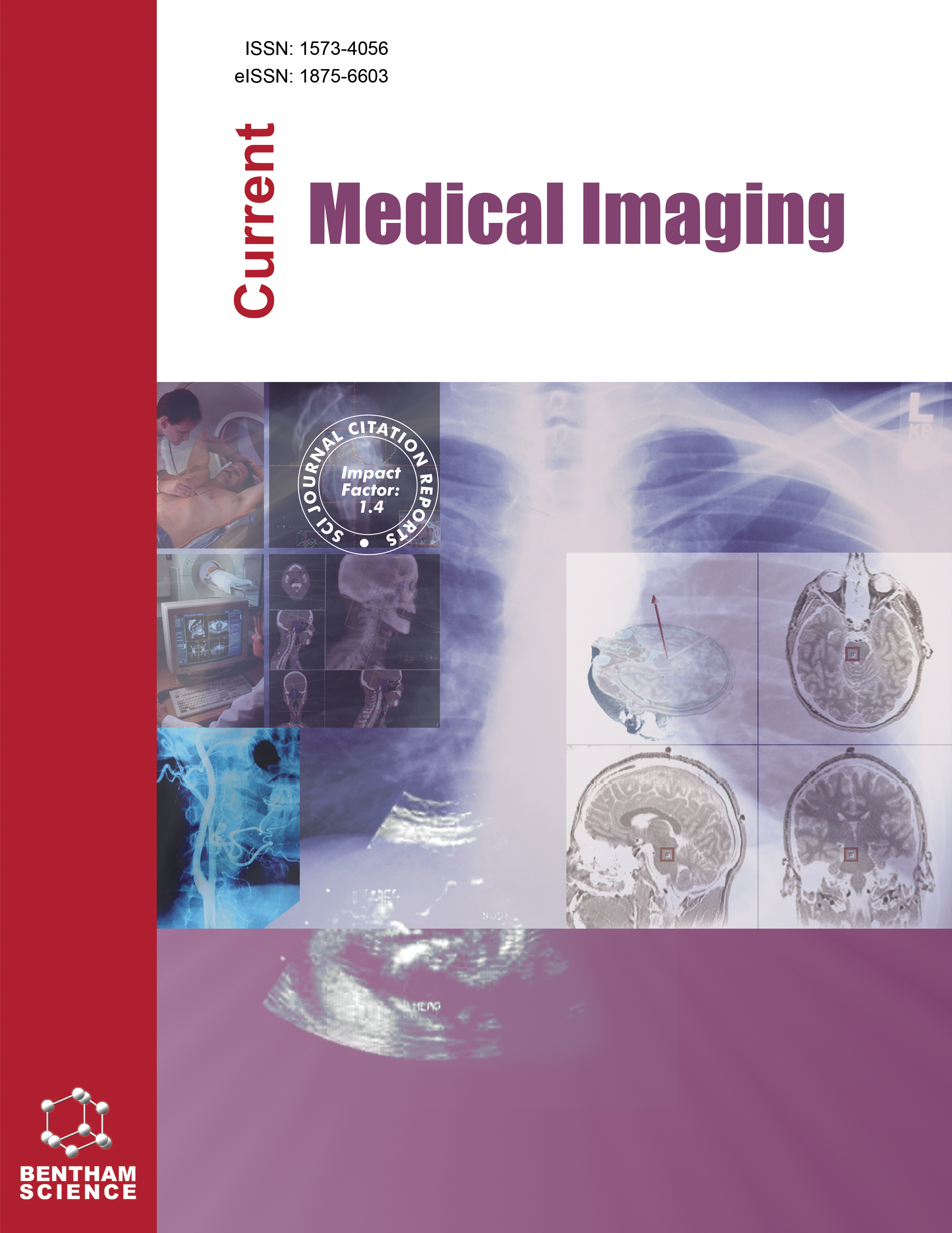-
oa Whether the Liver-to-Portal Vein Ratio is Applicable for Evaluating the European Society of Gastrointestinal and Abdominal Radiology Hepatobiliary Phase in Gd-EOB-DTPA-Enhanced MRI?
- Source: Current Medical Imaging, Volume 20, Issue 1, Jan 2024, e15734056318603
-
- 22 Mar 2024
- 26 Jun 2024
- 01 Jan 2024
Abstract
This study aimed to verify whether the Liver-to-portal Ratio (LPR) can assess the adequacy of the Hepatobiliary Phase (HBP) for patients with different liver functions.
A total of 125 patients were prospectively enrolled in the study and graded into the non-cirrhosis group (45), Child-Pugh A group (40), and Child-Pugh B/C group (40). The LPR on HBP was calculated after eight HBPs were obtained within 5-40 minutes. The adequate HBP was determined according to the 2016 European Society of Gastrointestinal and Abdominal Radiology (ESGAR) consensus statement. The differences in LPR and lesions’ conspicuity between 10-min HBP and adequate HBP were analyzed by paired t-test and Wilcoxon signed-rank test, respectively. The chi-square test was used to test the difference in proportion with LPR larger than 1.462 between 10-min HBP and adequate HBP.
The differences in LPR and lesions’ conspicuity between 10-min HBP and adequate HBP were significant in Child-Pugh A and Child-Pugh B/C groups (P < 0.05), except for the non-cirrhosis group (P > 0.05). The differences in proportion with LPR larger than 1.462 between 10-min HBP and adequate HBP were not statistically significant in all groups (all P > 0.05).
The adequate HBP obtained according to the 2016 ESGAR consensus statement could provide larger LPR and better lesions’ conspicuity than 10-min HBP, especially for cirrhotic patients; however, the efficacy of using an LPR cutoff of 1.462 as the standard of the adequate HBP may be compromised in patients with cirrhosis.



